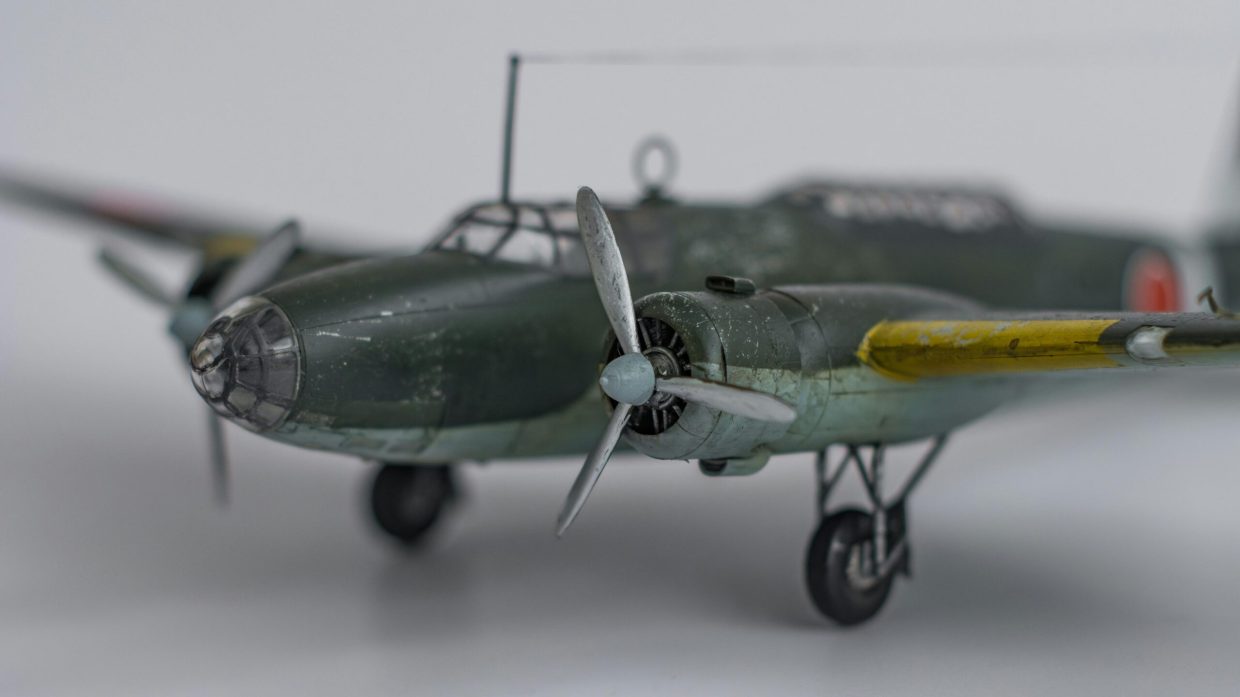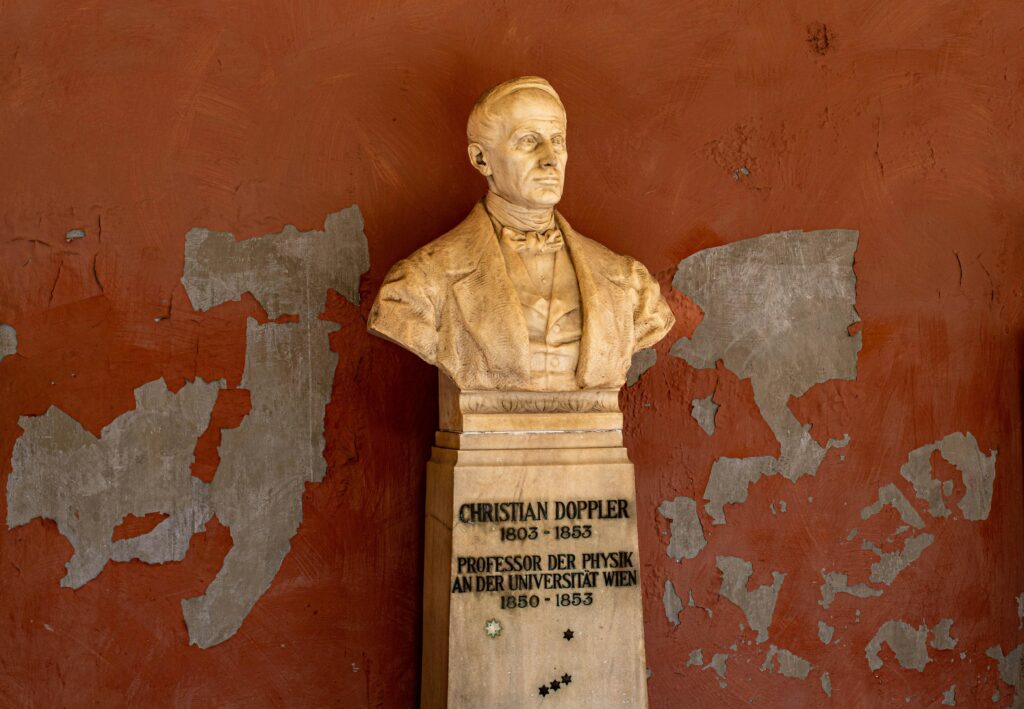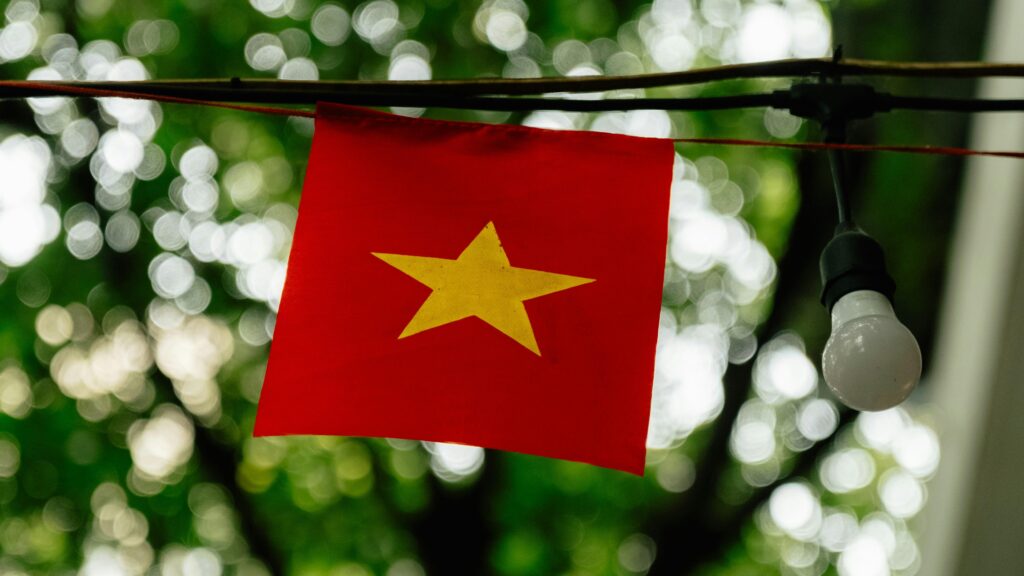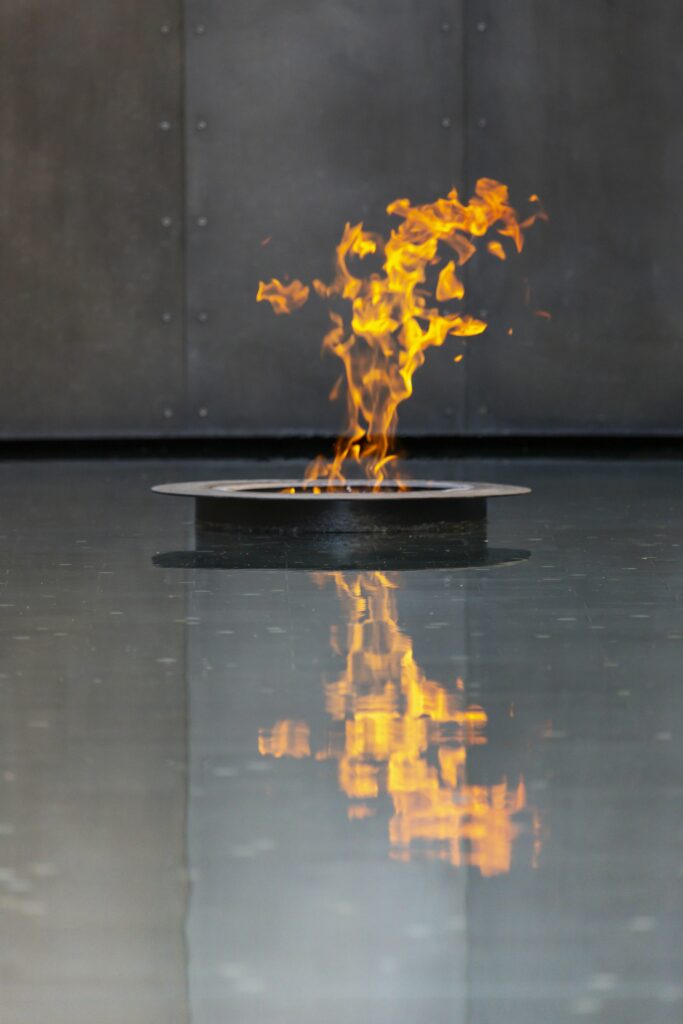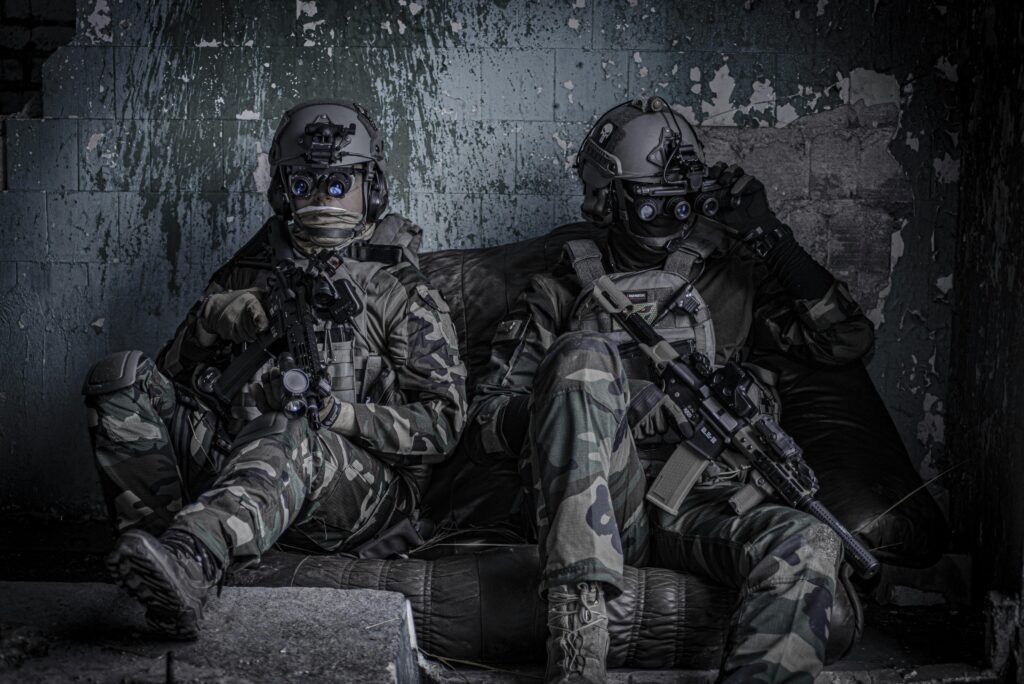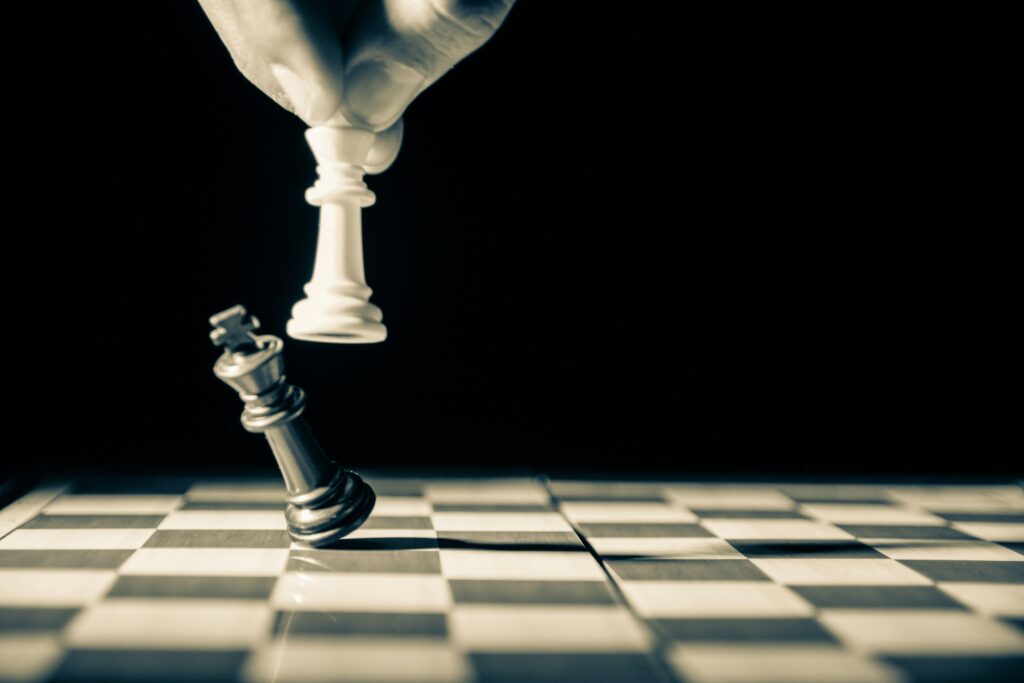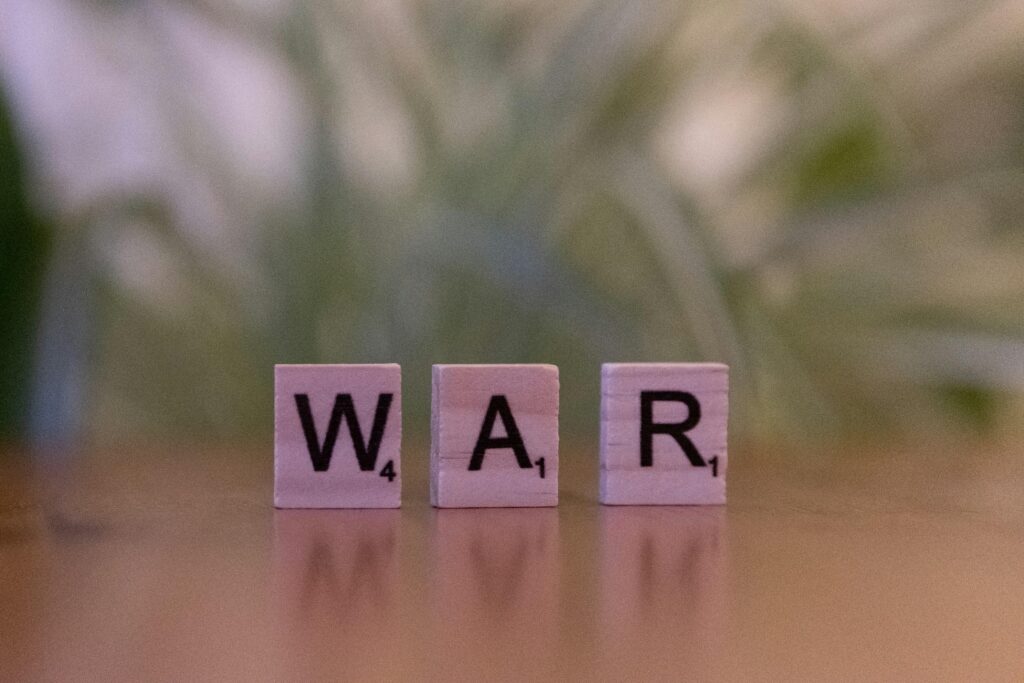World War II in the Pacific stands as one of the most dramatic and transformative chapters in 20th-century history. From the vast expanse of the Pacific Ocean to the scattered islands that became battlegrounds, this theater of war saw intense and decisive engagements that shaped the course of the conflict. Central to this campaign were two pivotal strategies and events: the grueling island-hopping campaign led by Allied forces to reclaim territory from Japanese control, and the profound, world-changing use of atomic bombs that ultimately brought the war to an astonishing close. In exploring these themes, we delve into the courage, innovation, and profound consequences that defined the Pacific War and left an enduring legacy on global history.
Table of Contents
- The Strategic Importance of Island Hopping in the Pacific Theater
- Key Battles and Turning Points Shaping the Course of the War
- The Development and Impact of the Atomic Bomb on Japan
- Lessons from the Pacific Campaign for Modern Military Strategy
- Final Thoughts
The Strategic Importance of Island Hopping in the Pacific Theater
The Allied strategy in the Pacific during World War II harnessed the pace and geography of the vast ocean, capitalizing on a method that was both bold and calculated. By selectively targeting key islands, forces managed to establish forward bases while circumventing heavily fortified Japanese strongholds. This approach conserved precious resources, minimized casualties, and accelerated the push toward Japan’s home waters. Each captured island became a vital foothold, serving as a launchpad for airstrikes, resupply points, and staging areas for subsequent invasions. It was a masterclass in operational efficiency, turning daunting distances and hostile terrain into strategic advantages.
The psychological impact of seizing islands also played a critical role. As American forces advanced, Japanese defensive lines were stretched thinner and morale began to erode. The interconnected chain of bases isolated enemy garrisons, disrupting supply lines and forcing defenders into untenable positions. Naval and air supremacy gradually shifted, allowing the Allies to tighten their grip on the Pacific. This step-by-step progression created momentum, setting the stage for pivotal battles like Iwo Jima and Okinawa, which brought the war ever closer to its dramatic conclusion.
- Conservation of troop strength by avoiding unnecessary engagements
- Establishment of airfields critical for sustained bombing campaigns
- Incremental disruption of Japanese supply chains and communications
Key Battles and Turning Points Shaping the Course of the War
The Pacific Theater of World War II was defined by a series of grueling conflicts that shifted the momentum of the war with intense strategic importance. One early pivotal moment was the Battle of Midway in June 1942. This clash saw the U.S. Navy deliver a devastating blow to the Japanese fleet by sinking four of their aircraft carriers, inflicting irreparable damage that curtailed Japan’s offensive capabilities. Following Midway, the campaign focused on a bold strategy known as island hopping, wherein Allied forces selectively targeted key islands rather than all islands indiscriminately. This approach allowed them to cut off Japanese supply lines and establish forward bases for further assaults, bringing the front lines ever closer to Japan’s home islands.
Among the many fierce encounters, several battles stand out for their extraordinary impact:
- Guadalcanal: The first major offensive by Allied forces against Japan, it marked a significant shift in momentum and showcased the grueling jungle warfare in the Pacific.
- Iwo Jima: A brutal struggle that provided the Allies with crucial airstrips within striking distance of Japan, paving the way for direct bombings over the Japanese mainland.
- Okinawa: The largest amphibious assault in the Pacific, which brought both high casualties and a preview of the fierce resistance expected should an invasion of Japan itself be necessary.
These battles collectively underscored the tenacity and resilience of both sides, but ultimately set the stage for the war’s dramatic conclusion with the deployment of atomic bombs, forever altering the course of history.
The Development and Impact of the Atomic Bomb on Japan
As the Pacific War intensified, the quest for a decisive end led to one of the most profound scientific and military achievements of the 20th century. Rooted in groundbreaking research initiated during the early 1940s, the atomic bomb represented a dramatic departure from conventional warfare. Scientists and military leaders collaborated under tight secrecy to harness nuclear fission, culminating in a weapon of unparalleled destructive power. The complexity of its development reflected a fusion of innovation, urgency, and the grim realities of global conflict.
The devastating impact on Japan was immediate and far-reaching. The bombings of Hiroshima and Nagasaki not only obliterated entire cities but also fundamentally altered the course of the war and subsequent international relations. Beyond the physical destruction, the bomb’s use raised profound ethical questions and instigated global discourse on nuclear weapons. Key consequences included:
- Accelerated Japanese surrender: Prompting an end to World War II in the Pacific without a prolonged invasion.
- Shift in military strategy: Nuclear capabilities redefined power balances and defense policies worldwide.
- Humanitarian impact: Massive civilian casualties sparked ongoing debates about war and peace ethics.
Lessons from the Pacific Campaign for Modern Military Strategy
The Pacific Campaign during World War II offers invaluable insights into the complexities of large-scale maritime and amphibious warfare, demonstrating the critical importance of flexibility and innovation in military strategy. The island hopping technique, which involved selectively attacking specific enemy-held islands while bypassing others, revolutionized traditional warfare by enabling Allied forces to conserve resources and maintain momentum. This approach underlined the significance of intelligence gathering, logistical planning, and establishing forward bases to support sustained operations across vast oceanic distances. Modern military strategists can draw from this method the lesson that sometimes, indirect approaches can yield faster and more effective victories than brute force alone.
- Integrated Air and Naval Power: Success in the Pacific was inseparable from coordination between air and naval units, emphasizing joint operations that modern militaries continue to refine.
- Psychological Impact: The use of atomic bombs at the end of the campaign demonstrated the profound effects of technological advancement on both the physical battlefield and enemy morale.
- Adaptive Command Structures: The Pacific theatre highlighted how decentralized command and quick decision-making can harness the initiative of officers on the ground.
Moreover, the employment of atomic weaponry changed the paradigm of warfare by introducing a scale of destruction previously unimaginable, effectively ending the conflict but raising ethical and strategic dilemmas that still influence defense policies today. This underscores the idea that technology, when wielded responsibly, is a double-edged sword—capable of both safeguarding lives by shortening conflicts and escalating risks in unforeseen ways. Contemporary military doctrine is enriched by these lessons, advocating for continual adaptation and the balancing of power with restraint in a world where strategic environments evolve rapidly.
Final Thoughts
As we reflect on the vast and complex theater of World War II in the Pacific, the strategies of island hopping and the devastating use of atomic bombs stand out as pivotal turning points. These efforts not only reshaped the course of the war but also fundamentally altered the geopolitical landscape of the 20th century. Understanding this chapter of history reminds us of both the resilience and sacrifice of those involved, as well as the profound consequences of military innovation and diplomacy. By studying these events with a thoughtful eye, we gain a deeper appreciation for the difficult choices made and the enduring quest for peace in a world forever changed.


